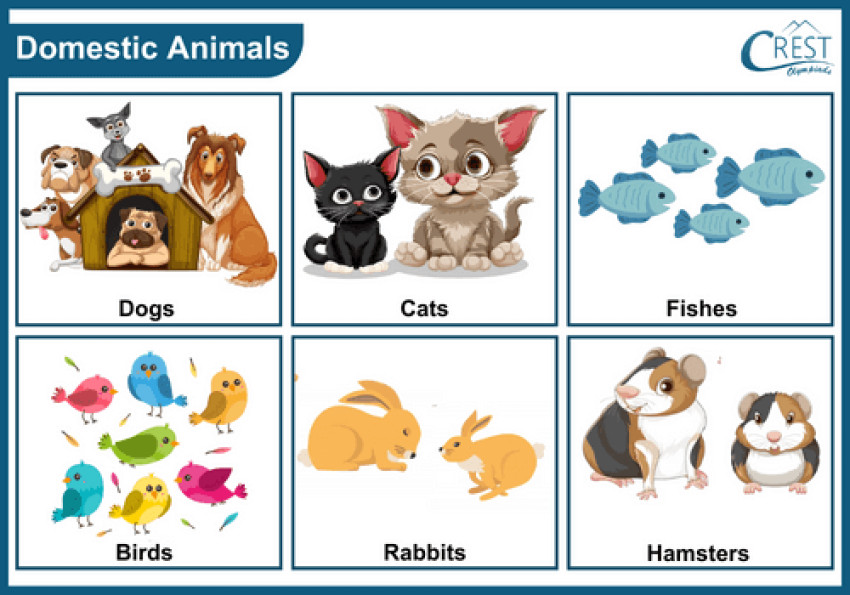
Animals are incredible living beings that inhabit our world in a myriad of shapes, sizes, and habitats. We encounter them everywhere, from our homes to the vast outdoors, and they play diverse roles in our lives and ecosystems. To make sense of this rich tapestry of life, scientists have developed a system to classify animals based on their shared characteristics and habitats. In this article, we will delve into the fascinating world of animal classification.
The Variety of Animal Habitats
Animals can be found in a wide range of environments, from the lush rainforests to the arid deserts, from the deepest oceans to the highest mountains, and even in the air we breathe. Each animal is adapted to thrive in its particular habitat, and these habitats are their homes. For example, fish dwell in water, while birds soar through the skies, and lions roam the grasslands.
Classification of Animals
Scientists classify animals into different groups based on several key factors:
Habitat: Animals are often classified by their habitat. Aquatic animals, such as fish and dolphins, live in water. Terrestrial animals, like lions and rabbits, inhabit the land. Aerial animals, including birds and bats, take to the skies.
Diet: Animals have varying dietary preferences. Herbivores primarily eat plants, carnivores consume other animals, and omnivores have a diet that includes both plants and animals. For example, cows are herbivores, lions are carnivores, and humans are omnivores.
Body Structure: Animals can also be categorized based on their body structure. Vertebrates have a backbone, which includes mammals, birds, reptiles, amphibians, and fish. Invertebrates lack a backbone and encompass a vast array of creatures like insects, spiders, mollusks, and worms.
Special Adaptations: Some animals possess special adaptations that define their classification. For instance, animals with wings, such as birds and bats, have adapted for flight. Similarly, marine animals, like dolphins and whales, have streamlined bodies for life in the water.
The Importance of Classification
Animal classification is not just about naming and sorting; it's a crucial tool for understanding the natural world. It helps scientists organize animals into groups with similar characteristics and behaviors. This organization aids in studying and protecting these creatures and their habitats. It also helps us appreciate the incredible diversity of life on Earth.
Conclusion
Animal classification allows us to navigate the intricate web of life that surrounds us. Whether they reside in the water, land, or air, whether they are herbivores, carnivores, or omnivores, whether they have backbones or not, each animal has a unique role to play in our ecosystem. By understanding these classifications, we can develop a deeper appreciation for the wondrous variety of animals and their contributions to our world. So, the next time you encounter an animal, take a moment to ponder its habitat, diet, and special adaptations, and marvel at the extraordinary diversity of life on our planet.
Visit Us


